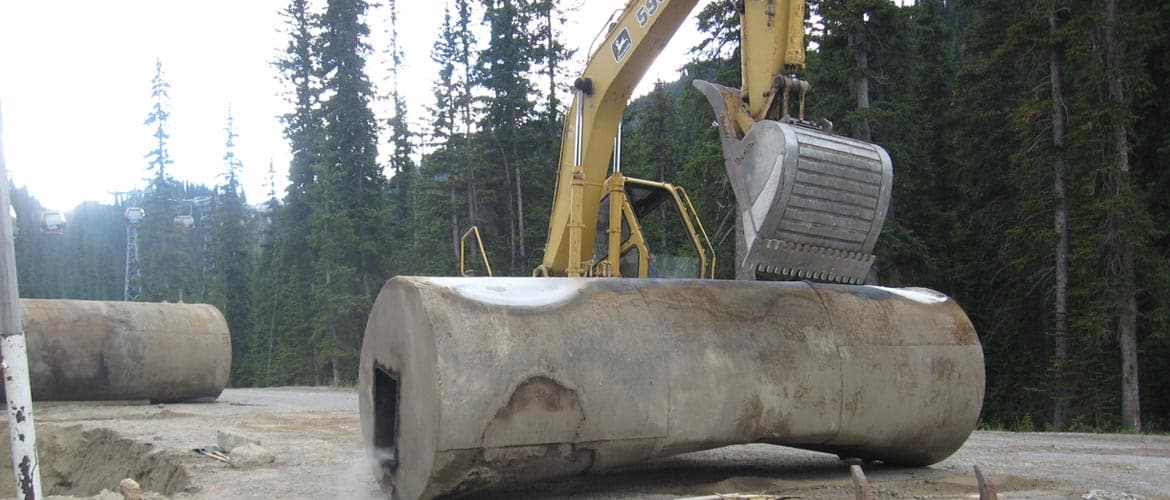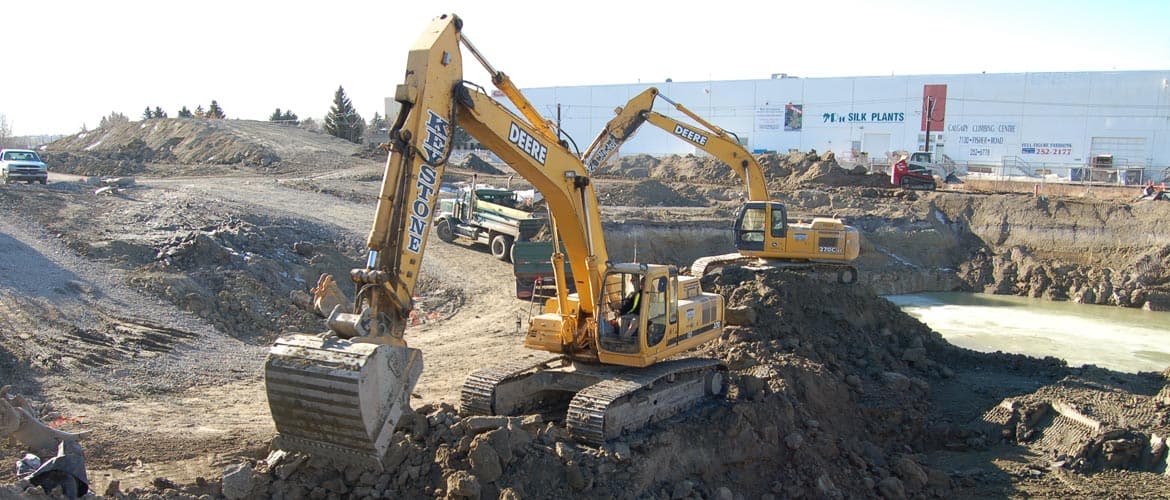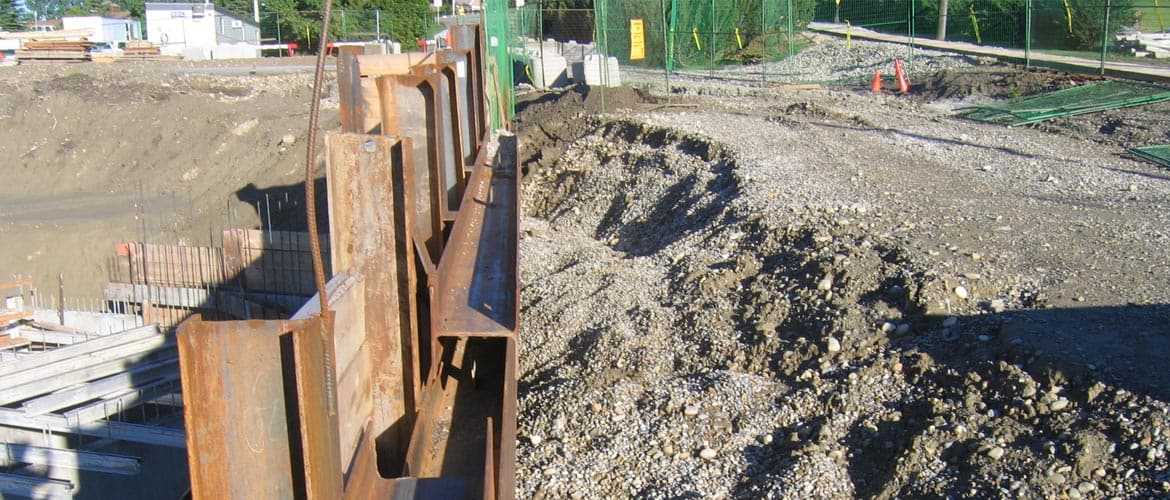
The purpose of a Phase I ESA, as per the Canadian Standard Association (CSA) Phase I ESA Standard Z768-01, is to identify actual and potential contamination. The Phase I ESAs are usually conducted in accordance with the CSA environmental protocol or the Canada Mortgage and Housing Corporation (CMHC) environmental site investigation procedures for mortgage loan insurance. The scope of work for the Phase I ESA in general consists of the following tasks:
At JASA, Phase I ESA’s are completed by experienced, knowledgeable staff who have received specific training in collecting information and completing such an assessment. JASA prides themselves in producing a high quality product in a reasonable time frame and at a competitive price. JASA understands that our clients are basing critical financial decisions on the findings of our Phase I ESA’s, therefore we ensure that our assessments are thorough and our reports clearly document the risks of both actual and potential environmental liabilities.

Phase II ESA is an intrusive investigation to identify and determine the nature and extent of potential contamination. This normally follows a Phase I ESA where actual or a potential for contamination was concluded. This assessment involves the collection of soil and groundwater samples, and/or building materials for analysis and testing, and comparing chemical concentrations to applicable guidelines. These types of investigations involve drilling of boreholes and/or opening of test pits to collect soil samples at specific select locations of concern. At this time standpipe can be installed to create a monitoring well to monitor/sample the groundwater at the site. The subsurface conditions logged at the site include soil stratigraphy, groundwater flow, direction and gradient.
Samples of soil and groundwater collected during an investigation are submitted to an independent laboratory for chemical analysis and the results compared to Provincial and/or Federal Environmental Guidelines or Regulations. If exceedences of applicable guidelines are encountered, zones of contamination in the soil and groundwater are then delineated and quantified. A report is issued upon completion of the Phase II ESA outlining the findings of the investigation and recommendations are made on possible effects to the environment and human health.
The scope of work for the Phase II ESA in general consists of the following tasks:
If contamination of the soil or groundwater is determined, additional testing or monitoring may be recommended.

The primary objective of a Phase III ESA is to investigate the nature and extent of contamination and the adverse environmental impact identified by the Phase II ESA, to determine the potential risk to human health and the environment, and, to develop a Remedial Action Plan.
The Remedial Action Plan can include, site remediation, risk management and monitoring. Other options could include in-situ treatment programs, ex-situ treatments, or natural attenuation.
The first step during a Remedial Action Plan is trying to delineate/determine the extent of the contamination this is necessary to tailor the approach to a successful cleanup to a specific site. The key to a success full project is careful planning, hands-on site supervision, detailed cost control and on-going communication with clients, contractors and regulators.
JASA personnel are experienced in the requirements of site assessment, innovative remediation solutions and the required regulatory compliance and current applicable guidelines.
The key components of a Phase III ESA are:
Delineation of the extent of contamination during a Phase II ESA to identify the constituents of concern in soil and/or in groundwater. Test pits, boreholes and groundwater monitor wells are used to obtain representative samples for laboratory analysis are tools to map the area prior to developing the Remedial Action Plan.

Groundwater monitoring is conducted for a variety of situations. Typically, 50mm monitoring wells are installed to required depths at select areas of a site with sealed and secure protective casings or flush mount road boxes to facilitate periodic sampling and testing of groundwater.
Vapour concentrations can be read and select chemical analysis is conducted dependent upon the site testing requirements. Typical applications for periodic groundwater monitoring can include post-remedial activities, environmentally sensitive sites, proximity concerns, or containment monitoring.
Decommissioning of monitoring wells is performed once the necessity for the groundwater monitoring is no longer required.
JASA can meet any requirements needed such as: